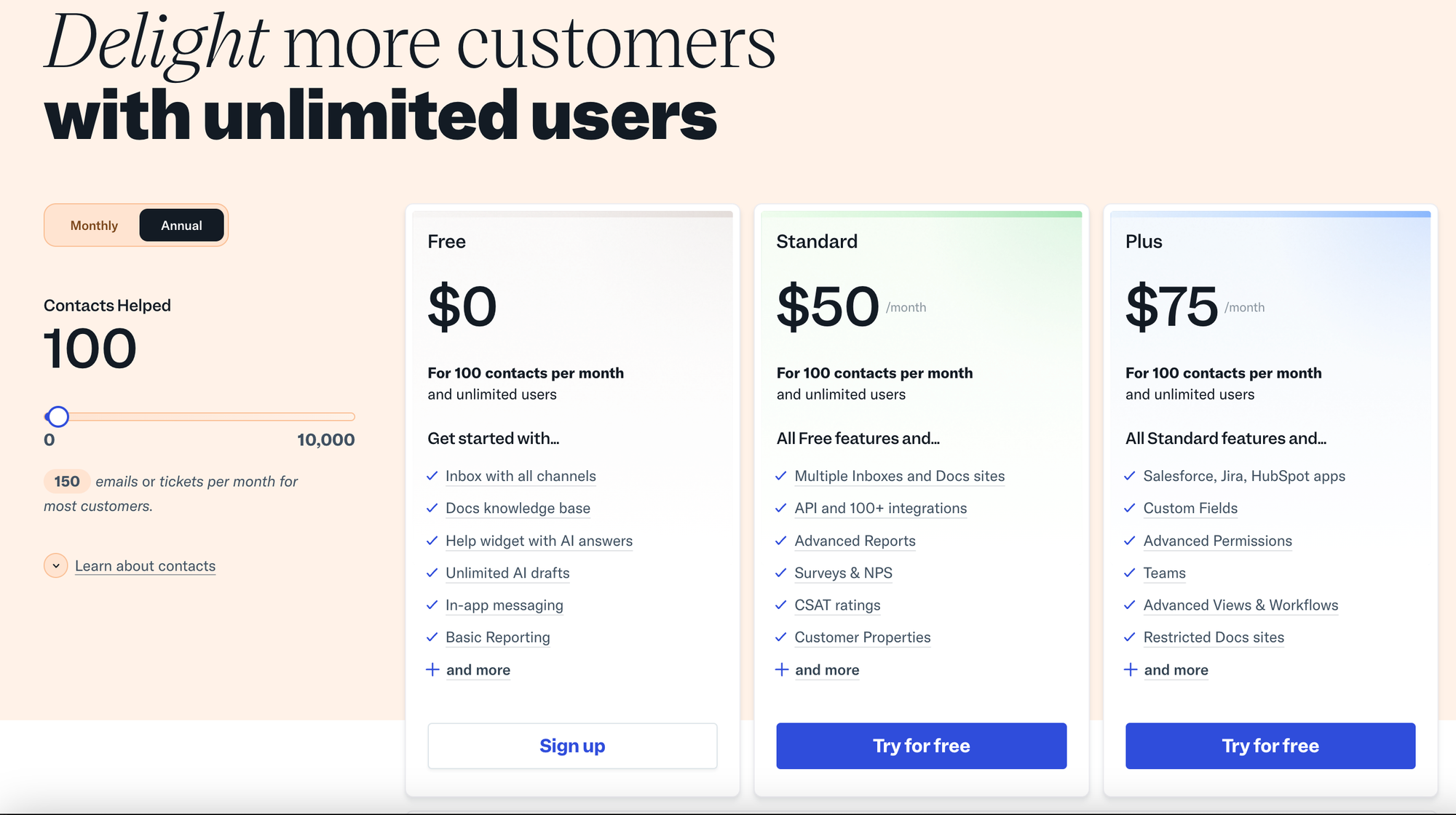I just got back from SaaStock Europe and one talk stuck with me: Manny Medina (CEO of Paid) dropped a provocative idea:
“Half the workforce will be agents in five years.”
Hm. Sounds a bit abrasive to me. But it could be directionally correct. AI agents are reshaping how work gets done, and that means SaaS pricing needs to change.
Here’s the gist of his argument, why it matters, and what to do about it.
Per-Seat Pricing Is Getting Old
The classic SaaS model—charging per user—made sense when software was just a tool for humans. But now? AI agents don’t need seats. They just get things done.
- Problem: If your pricing is tied to human users, but AI is doing the work, you’re leaving money on the table (or worse, annoying customers with irrelevant seat counts).
- Reality: Customers don’t care about seats. They care about results.
Manny’s take: “Don’t sell software. Own outcomes.” If your product helps a customer resolve 1,000 support tickets a month, why charge for seats? Charge for resolved tickets.
Example: Help Scout now prices based on “contacts helped”—not seats. A “contact” is anyone who gets a reply (from a human or AI). No per-seat fees, no AI usage fees. Just pay for actual help delivered.

This isn’t just enterprise talk. Even smaller teams are getting used to buying outcomes, not access. OpenAI trained the market to buy tokens, not users. Now, everyone expects flexibility.
Outcome-Based Pricing: How It Works
Instead of:
- One-off price ($59 for a CD)
- Flat SaaS fee ($59/year)
- Per-seat SaaS ($59/year per user)
- Quota-based ($59 per 1M tokens)
We’re moving to:
- Outcome-based ($59 per 100 customers helped)
Why? Because customers want to pay for value, not logins.
Manny’s rule of thumb: “Price before product.” Figure out how to measure success first, then build pricing around it.
What This Means for You
1. Your Moat Isn’t Tech—It’s How You Monetize
AI is commoditizing features. The real advantage? How you price and sell.
- Old moat: “Our tech is better.”
- New moat: “We charge for what you actually care about.”
If you can tie pricing to real business outcomes (e.g., “customers helped,” “deals closed,” “fraud prevented”), you can capture 25-50% of the value you create—not just the usual 10%, according to Manny.
2. Pricing Needs to Live in Your Code
No more spreadsheets. If you’re charging for outcomes, you need real-time data on:
- What the AI did
- How much value it delivered
- Why the customer should pay for it
This means instrumenting everything—every action, every result. If you can’t prove ROI, you can’t justify pricing.
3. Sales Teams Need to Sell Outcomes, Not Features
Most sales reps are trained to push seats and features. That won’t work here.
- Train them to talk ROI. Not “how many users?” but “how much will this save/make you?”
- Flexible quotes. Customers want pricing that matches their goals, not your old pricing tiers.
4. Prove It or Lose It
Without data showing real results, you’ll struggle with:
- Churn (“Why am I paying if it’s not working?”)
- Upsells (“Show me it’s worth more.”)
- Competition (“Their pricing is clearer.”)
If you can’t show the value, someone else will.
Where to Start?
- Pick one outcome (e.g., “resolved tickets,” “leads generated”) and test pricing around it.
- Instrument everything. Track every action, decision, and result—so you can prove value.
- Train sales to sell outcomes. No more “number of users” pitches.
- Start small. Try it with a pilot group before overhauling everything.
Final Thought
This isn’t about predicting the future—it’s about adapting to what’s already happening. Customers want to pay for results, not access. AI makes that possible.
Manny Medina has an interesting chart on illustrating this change for legacy SaaS companies:

So ask yourself: Are you selling seats, or are you selling success?
Cheers,
-Rodolphe

